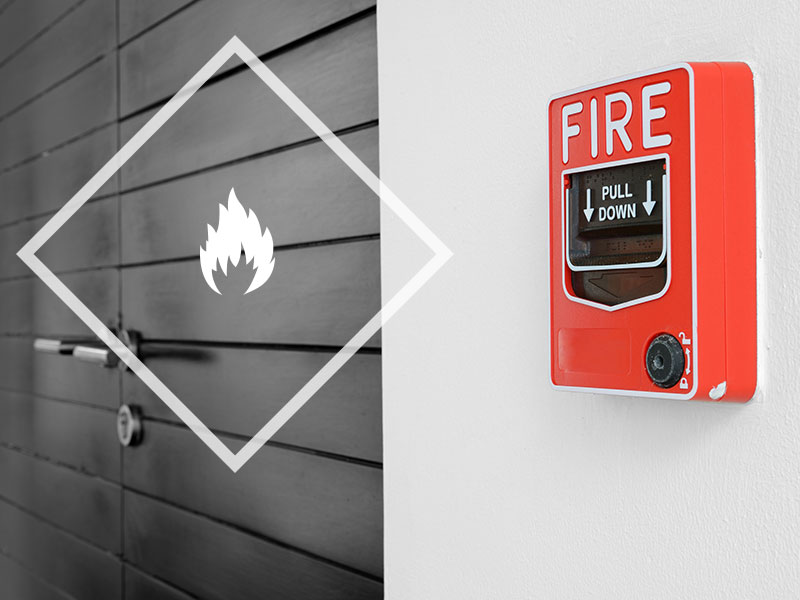Five New Fire Alarm Technologies

There are a number of new technologies that have been developed in recent years to improve the functionality and effectiveness of fire alarm systems:
- Wireless systems: Wireless fire alarm systems use wireless technology to connect the various components of the system, such as smoke detectors, control panels, and alarm devices. This can make installation and maintenance easier, and can also help to reduce the cost of the system.
- Smart systems: Smart fire alarm systems use internet of things (IoT) technology to connect the various components of the system to a central hub or network. This allows for remote monitoring and control of the system, and also enables the integration of other smart building systems, such as lighting and HVAC.
- Anomaly detection: Anomaly detection systems use artificial intelligence (AI) and machine learning (ML) algorithms to analyze data from the fire alarm system and other building systems, in order to detect abnormal behavior that could indicate a potential fire hazard.
- Multi-sensor detection: Multi-sensor detection systems use a combination of different types of sensors, such as smoke, heat, and CO2 detectors, in order to detect fires more effectively and quickly than traditional systems.
- Video fire detection: Video fire detection is a new technology that uses cameras to detect the presence of smoke or flames, by analyzing video footage in real time. This technology can be used to detect fires in areas that are difficult to access, or where traditional smoke or heat detectors may not be effective.
It’s worth noting that these are advanced and emerging technologies and some are not yet widely adopted or standardized, so it is important to consult with a professional and verify that the technology you choose meet the requirement of local codes and regulations. Also, it is recommended to keep the system updated and maintain it regularly to ensure proper operation.
Want to find out more? Click here for your free consultation.
Latest posts by smkirby (see all)
- The Role of Continuous Monitoring and Analysis in Intrusion Detection - September 6, 2024
- Understanding Crucial Terms and Technologies in Fire Alarm Systems - August 30, 2024
- The Anatomy of a Fire Alarm System: Essential Components for Complete Protection - August 23, 2024
